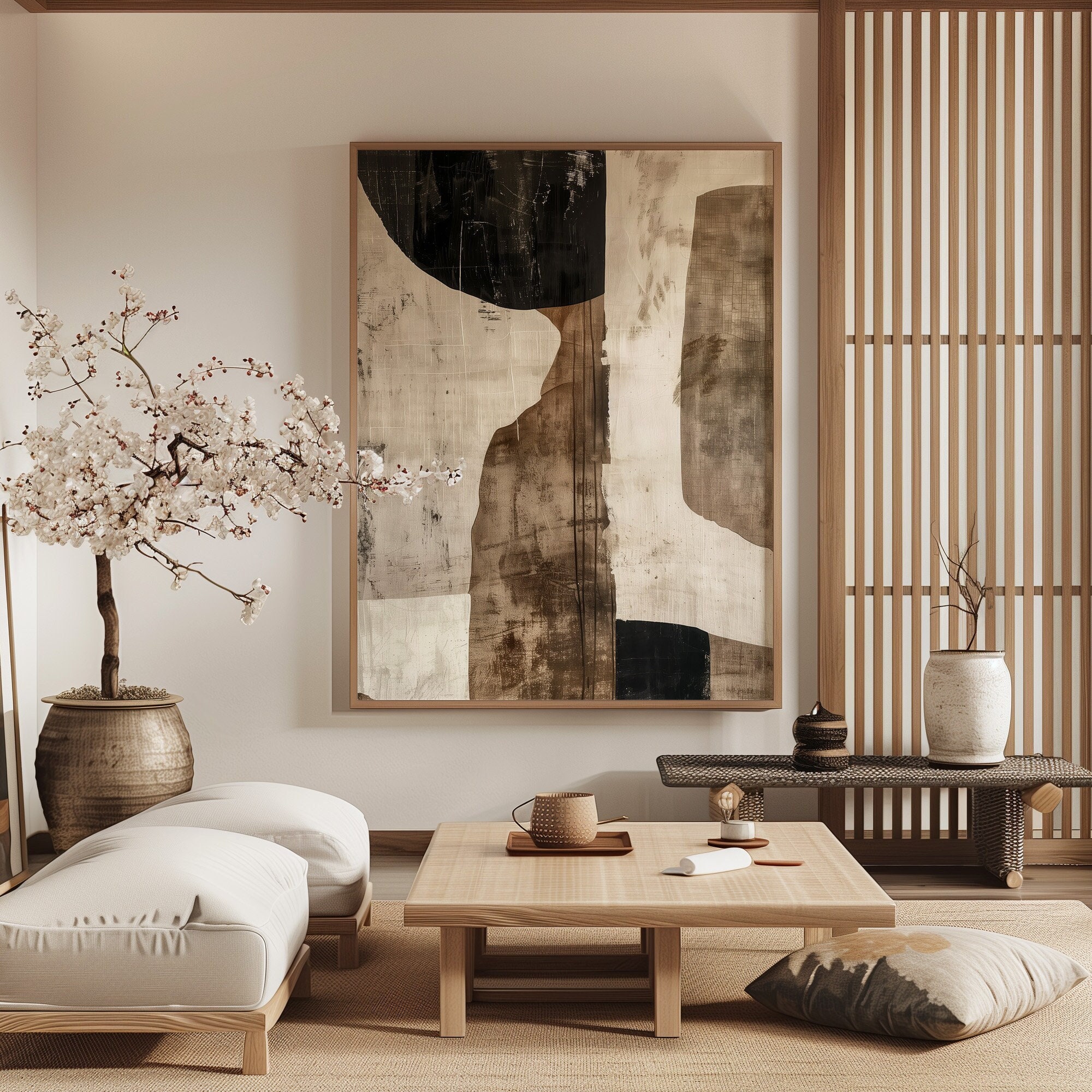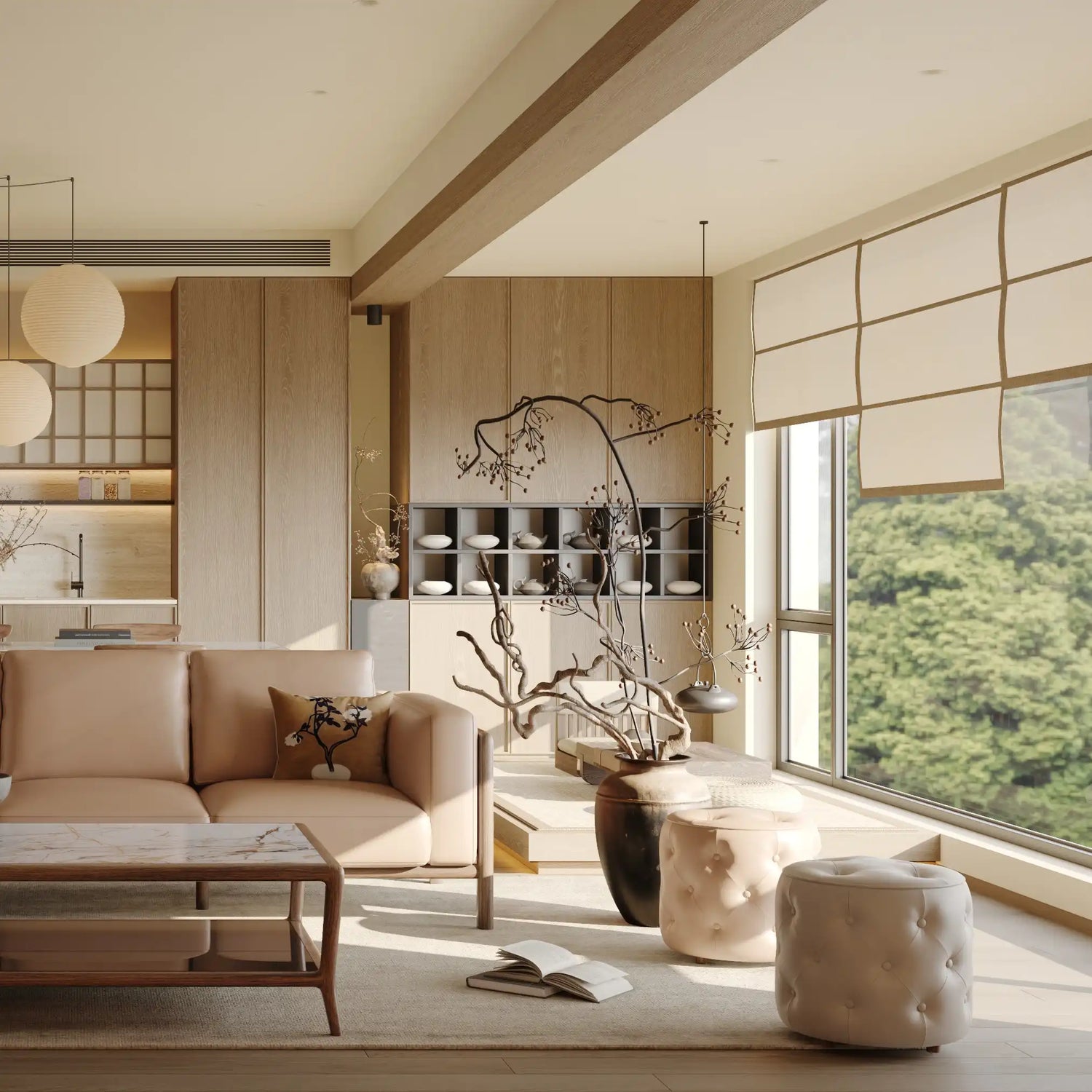
The Beauty of Imperfection — Wabi-Sabi Home Aesthetic 🍶🌿
Share
Perfection can feel distant — but beauty often lives in the imperfect.
Wabi-sabi, the Japanese art of simplicity and imperfection, teaches us to embrace the natural flow of time and texture.
Here’s how to bring this calm, grounded aesthetic into your home 👇
1️⃣ Choose Natural, Aged Materials 🌾
Wabi-sabi celebrates materials that change with time — wood that fades, linen that softens, clay that cracks.
Each imperfection tells a quiet story of living.
💡 Avoid glossy finishes; choose matte, raw, or unfinished textures instead.


2️⃣ Embrace Earthy Tones 🤎
Think warm browns, stone grays, muted whites, and mossy greens.
These grounded colors connect your home to nature and slow down visual noise.
✨ Soft, diffused lighting enhances their calm depth.


3️⃣ Add Handmade Pieces 🫶
Perfection isn’t human — craftsmanship is.
Handmade ceramics, handwoven baskets, and uneven pottery embody wabi-sabi’s soul.
💡 Display fewer pieces — but choose ones that feel sincere.


4️⃣ Leave Space Empty 🌬️
Negative space is not emptiness — it’s breathing room.
Allow blank walls, open shelves, and bare tables to rest the eye.
✨ Wabi-sabi is less about decorating, more about feeling peace.


5️⃣ Let Light Change Naturally ☀️
Observe how sunlight shifts through your room during the day.
Instead of forcing brightness, let shadows and softness create mood.
💡 A linen curtain or paper lamp enhances this subtle movement beautifully.


✅ Wabi-Sabi Home Guide
| Element | Concept | Feeling |
|---|---|---|
| Natural Materials | Time-worn beauty | Grounded |
| Earthy Palette | Calm tones | Warm balance |
| Handmade Decor | Craftsmanship | Soulful |
| Empty Space | Simplicity | Peaceful |
| Natural Light | Subtle change | Flow of time |
